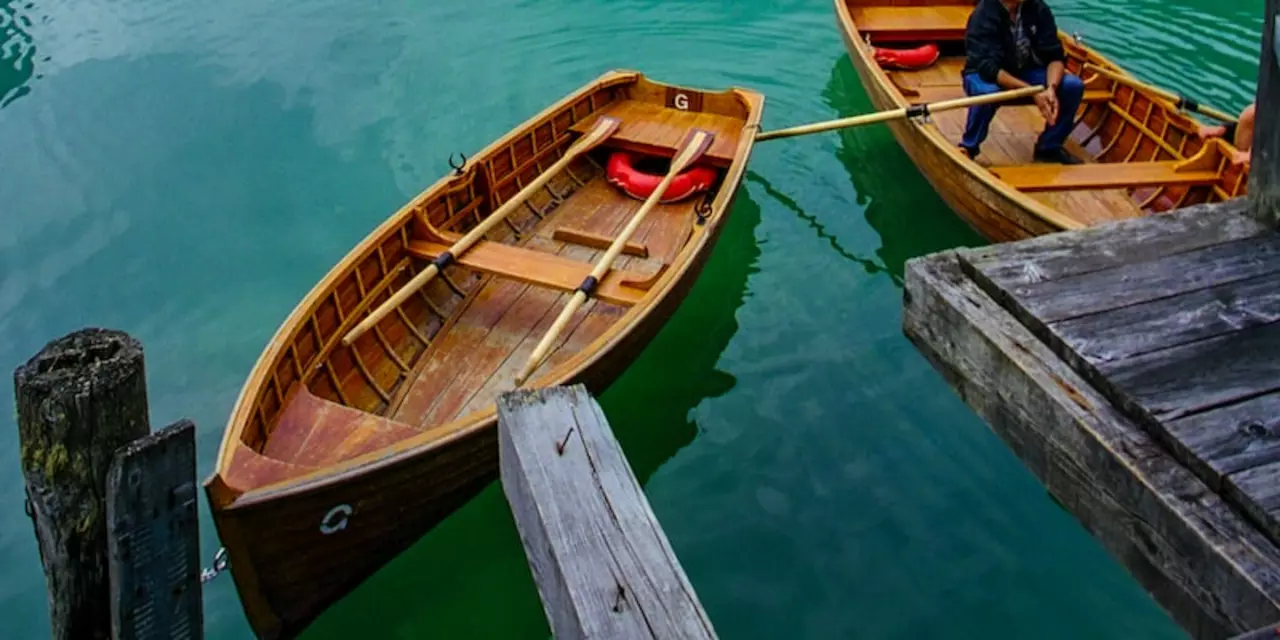Tourism planning is an important part of economic development for many communities. By understanding the benefits of tourism planning, you can ensure that your community is taking advantage of the opportunities that tourism can bring.
The main purpose of tourism planning is to maximize the benefits that tourism can bring to the community. This includes creating jobs, attracting new businesses, and generating revenue for the local economy. It also involves looking at ways to minimize the negative impacts of tourism on the environment, such as noise, traffic, and pollution. Through careful planning and development, a community can ensure that tourism is a positive force for the area.
Another benefit of tourism planning is that it can help to create a sense of identity for the community. By creating unique attractions and experiences, the community can become a destination that stands out from other places. This can help to attract more tourists, bringing in more revenue and jobs for the local economy.
Finally, tourism planning can help to ensure that the community is prepared for any potential changes or challenges that may arise in the future. By understanding the potential risks associated with tourism and developing strategies to mitigate them, the community can be better prepared for any eventuality. This can help to ensure that the tourism industry continues to be a positive force in the community.
By understanding the benefits of tourism planning, you can ensure that your community is taking advantage of the opportunities that tourism can bring. Through careful planning and development, a community can maximize the benefits of tourism while minimizing the negative impacts on the environment. This can help to create a vibrant and successful community that stands out from other places.
Planning for sustainable tourism is an important part of ensuring that tourism destinations remain viable and attractive for visitors. Developing a sustainable tourism plan for your destination can help protect the environment, create economic opportunities for local businesses, and foster a vibrant community. Here are some tips for creating a sustainable tourism plan for your destination:
1. Conduct a tourism needs assessment.
Start by assessing the current state of tourism in your destination. Consider factors such as the types of visitors, the attractions they visit, and the economic impacts of tourism. This information can help you identify areas of opportunity, as well as areas where improvement is needed.
2. Establish goals and objectives.
Once you have a clear understanding of the current state of tourism, you can begin to set goals and objectives for your destination’s sustainable tourism plan. Consider what kind of impact you want to have and what actions will be necessary to achieve your desired outcomes.
3. Develop an action plan.
Now that you have established goals and objectives, it’s time to develop an action plan to achieve them. Consider what resources are available, what strategies need to be employed, and how to measure progress.
4. Monitor and evaluate progress.
Finally, it’s important to regularly monitor and evaluate progress towards your goals and objectives. This will help ensure that your plan is effective and that adjustments can be made when needed.
By following these steps, you can create a sustainable tourism plan for your destination that will help protect the environment, create economic opportunities, and foster a vibrant community.




